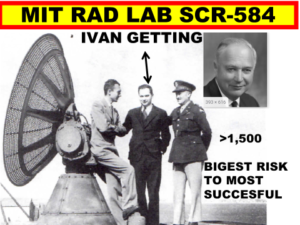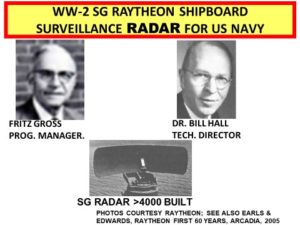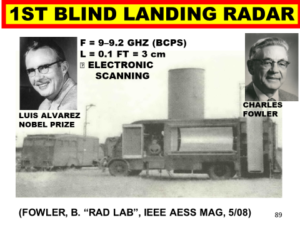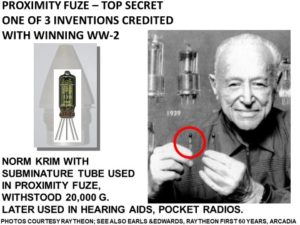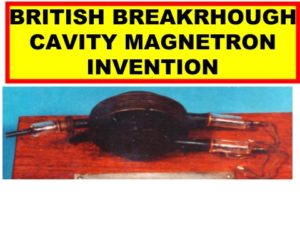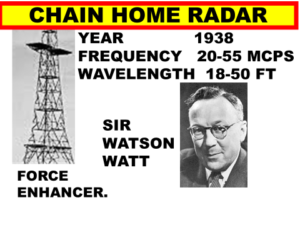“Family Talk on How Radar Helped Win WW II” – Eastern Time
Aerospace and Electronic Systems Society, co-sponsoring Microwave Theory and Techniques Society, Life Members and Consumer Technology Society
7:00PM – Eastern Time
Dr. Eli Brookner (Raytheon, retired)
This talk is intended for the general public of all ages. An easy to understand explanation of how radar works will be given. Radar was in its infancy at the start of World War II. The British were using radar effectively along their coastline with a network of antennas on 300-foot-tall towers to warn of approaching enemy aircraft and missiles but they needed an invention that would allow radars to be small enough to fit on ships and aircraft. They came up with the cavity magnetron invention. They looked to American manufacturing know-how and resources to mass produce this device in a hurry. After turndowns by all the major US firms, a small Boston newcomer, Raytheon Company, came up with a solution and ended up making 85% of all magnetrons used by the allies in the war, and changed the course of the war. By the end of WW II Raytheon’s shipborne radars were on all allied ships military and civilian. Radar can see at night, through clouds, in and fog. Radar can be used to land aircraft in zero visibility. Radar can be used to identify targets to prevent fratricide, deploy forces optimally, for navigation, for collision avoidance.
Eli Brookner, who worked at Raytheon Company from 1962 to 2014, will show just how dramatically the use of radar on aircraft and ships helped to destroy enemy aircraft, ships, missiles and submarines. How the use of miniature radars on the tops of artillery shells immensely increased their effectiveness against aircraft, missiles, infantry men and their equipment. These miniature TOP SECRET radars, called proximity fuzes, used miniature glass tubes which had to withstand 20,000 g when blasted from the artillery guns. Raytheon was one of the suppliers of these tubes. 22,000,000 proximity fuzes with 140,000,000 tubes were produces during WW II. Radar was used with the atomic bombs. Eli holds a bachelor’s degree in Electrical Engineering from The City College of New York and a Master’s and D.Sc. degree from Columbia University. He is the author of four books on radar, antennas and tracking, has published more than 230 papers, and has taught courses on Radar, Phased Arrays and Tracking in 26 countries to over 10,000.


